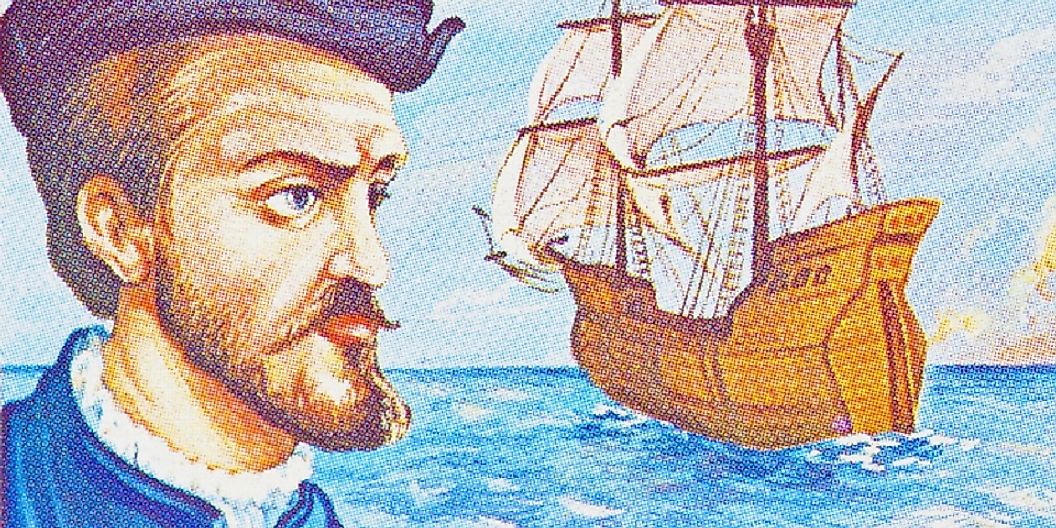Jacques Cartier: Famous Explorers of the World

5. Early Life
Jacques Cartier was born in Saint Malo, Brittany, France on December 31st, 1491. Little is known about Cartier's early years, but he would have belonged to a middle-class family, and Cartier's early education therefore would have likely been in mathematics, astronomy, and navigation as he was known in later life as a notable navigator. He became so well respected in the industry that men no less than the Bishop of Saint Malo and the Abbot of Mont-Saint-Michel introduced him to King Francis I of France. In 1520, Cartier upped his social status further when he married Mary Catherine des Granches.
4. Career
King Francis I was interested in further explorations of North America's East Coast, and came to know of Cartier as being a good navigator. In April of 1534, the monarch commissioned Cartier to find a new sea route to Asia via North America, and hopefully bring back gold from the New World as well. In fact, the French King sent Cartier on three expeditions to North America for France. There were many obstacles and difficulties during these explorations, as Cartier lost some of his men during his voyages, and also lost settlers to Indian attacks. The harsh winter season was another factor that hindered some attempts by Cartier to further explore the new lands.
3. Discoveries
During his explorations in the east coast of North America, Cartier gave Canada its name, taken from “kanata”, a Native American word meaning "village". Cartier became the first European to penetrate Continental Canada, doing so as he explored the inner Eastern regions of Canada along the St. Lawrence River. Thusly, Cartier's reputation and significance as a good navigator shouldn't be understated. In all of his three voyages, Cartier completed them with only minor troubles and all of his ships remained intact. In fact, Cartier navigated his convoy of ships safely into almost 50 unknown ports, many times through dangerous, previously uncharted waters. He also declared that North America was not connected to Asia or Europe.
2. Challenges
Cartier was confronted with serious challenges during his voyages. After meeting the Iroquois Indians in what is known today as Quebec on his second voyage, his opinion of the Indians was not a positive one. However, when scurvy decimated 50 Iroquois Indians, and later also affected his own men, Cartier was able to save 85 of 110 of his men from death with the help of the Indians. The Iroquois told him of a cure made from the bark of a native tree called the annedda. However, on his third expedition, Cartier met with deadly attacks from the Iroquois, and chose to abandon settlements that had been established earlier and sailed back to France.
1. Death and Legacy
Returning to France after his third and final New World expedition, Cartier arrived back home in October with a cargo of quartz and pyrite, instead of diamonds and gold. The king was disappointed, and Cartier was never again commissioned for another voyage to the new world. Cartier was by now a broken man, and returned to his estate in Saint-Malo and spent his last days as an interpreter, as he was fluent in Portuguese. On September 1st, 1557, Cartier died of an illness resulting from exposure to an epidemic in Saint-Malo. He was 65 years old. Cartier left the world with the re-discovery of the St. Lawrence River Waterway, which enabled many succeeding Europeans to further establish settlements and trade in the New World.











